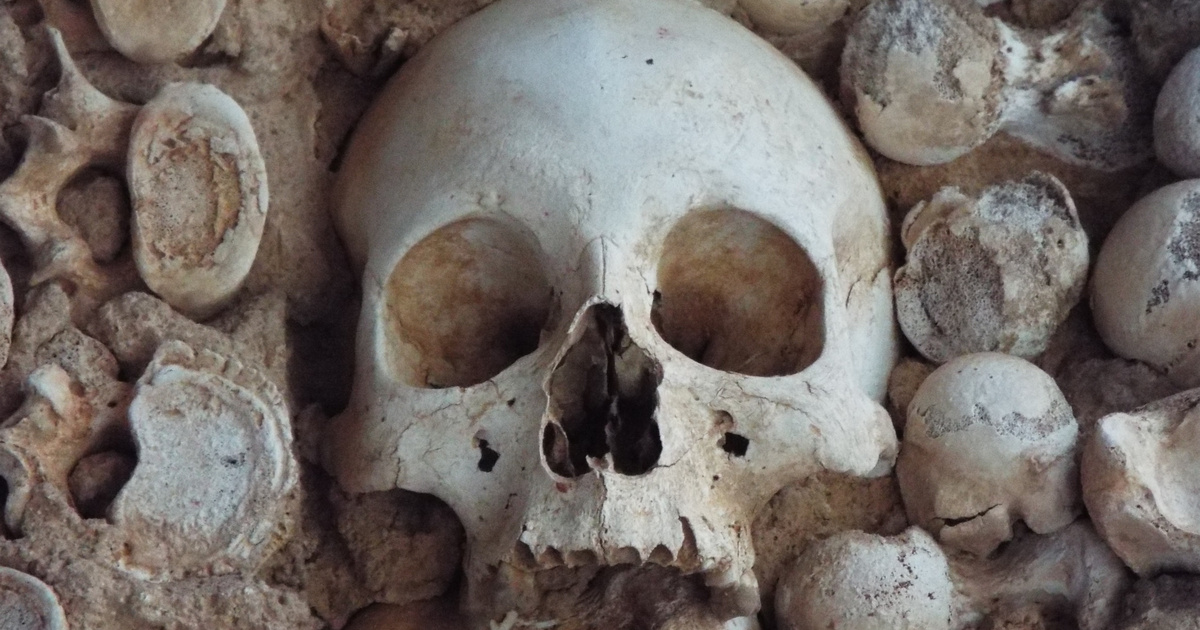The New China News Agency (Xinhua) reported that graves for more than 2,000 years have been discovered guarding human skulls buried in containers in southwest China’s Guangzhou Province.
Experts say human skulls were buried in round containers in 25 tombs that survived about 2,300 years ago, including barrels and utensils made of bronze and iron. During excavations since 1970, archaeologists have also found human foot bones in bronze and iron beams.
Xinhua, citing a researcher with the provincial archaeological institute, reported that the tombs may have been used as burial sites from the late period of the Warring Princes (475 – 221 BC) until the end of the Western Han Dynasty (252 BC – 25 BC) and presumably were part of the culture. Geelang.
Ylang was a nation of a minority kingdom located in the southwestern part of present-day China, where the provinces of Sichuan, Yunnan, Guangzhou and Guangxi are now located. The kingdom, established in the time of the Warring Princes, reached its zenith at the beginning of the Western Han Dynasty, but by the middle of the family’s existence, it had mysteriously disappeared, leaving little trace in historical records.
Some scholars believe that a special burial method may indicate that the people of the Jilang Kingdom attached religious importance to nature, the soul, or perhaps the vessels used for burial. Others say that people buried in graves symbolize their own national identity in this way. It is also plausible that the burial method was linked to a religious belief that emphasized the protection of heads.












































